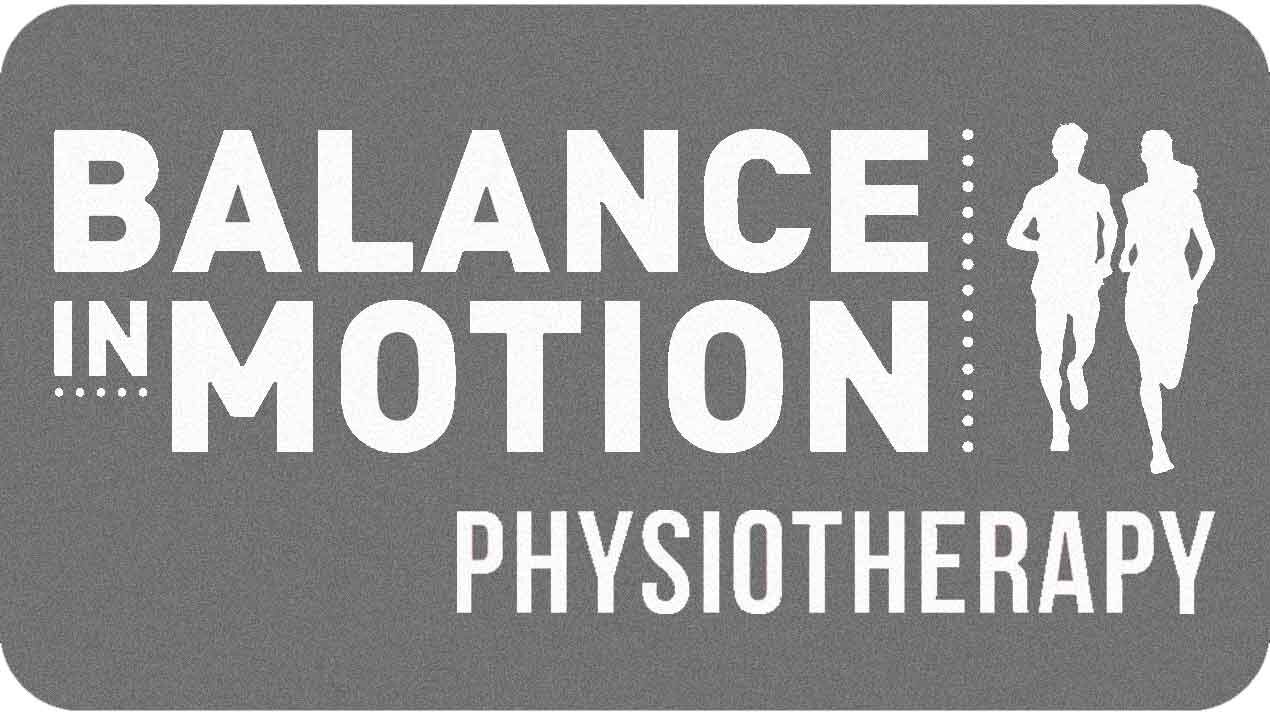You’ve suddenly felt a pull in the back of the leg. You have a few weeks to your goal event and this isn’t the best timing. Getting the first 48 hours right sets you up for success. So rather than down a bottle of wine to drown your sorrows try this instead because you can still get there to that goal.
PS the acronym isn’t rice anymore it’s the Police (Protect Optimal Loading Ice Compression Elevation).
So rest is removed and replaced by the following
Protection and Optimal Loading.
Rest is most definitely helpful for the first 48 hours. The reason being you haven’t generally laid down new tissue yet so walking around on it isn’t a great idea. Work from home or take a day off. Using the protectin of crutches, boots, taping or bracing can help protect the area as it heals in the first couple of days.
However continued rest after the first 48 hours is a really bad idea. It actually slows your recovery down with roo much rest. New tissdue needs load to heal and be of good quality. There are numerous studies to show those that started their rehab later took longer to get back to their goal.
The other bonus is starting to move and get your calf muscles working stimulates your lymphatic system to get rid of swelling faster. Less swelling equals less pain and better function.
Read More


















